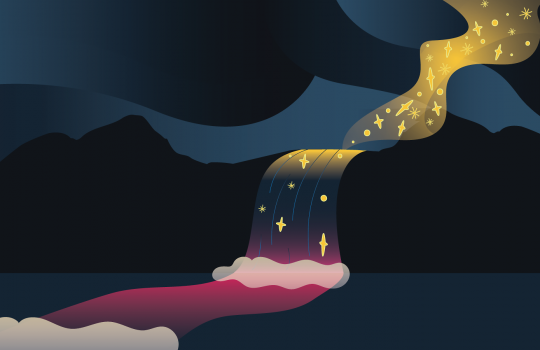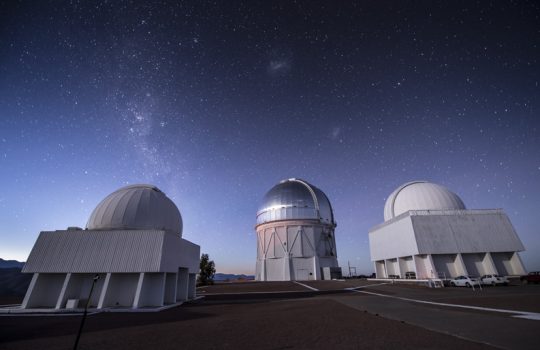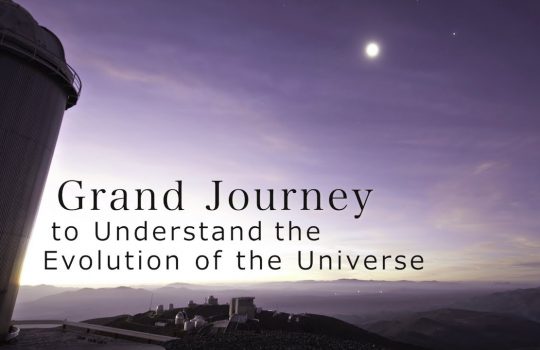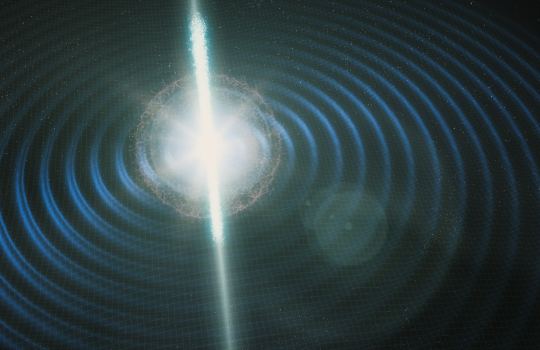Dark Energy Survey reveals that the Milky Way has devoured 11 other galaxies
From IFLScience, Jan. 17, 2018: The Dark Energy Survey has identified 11 new stellar streams, and their positioning and trajectories suggest that they were once galaxies a little smaller than our own that, over astronomical timescale, were torn asunder.




